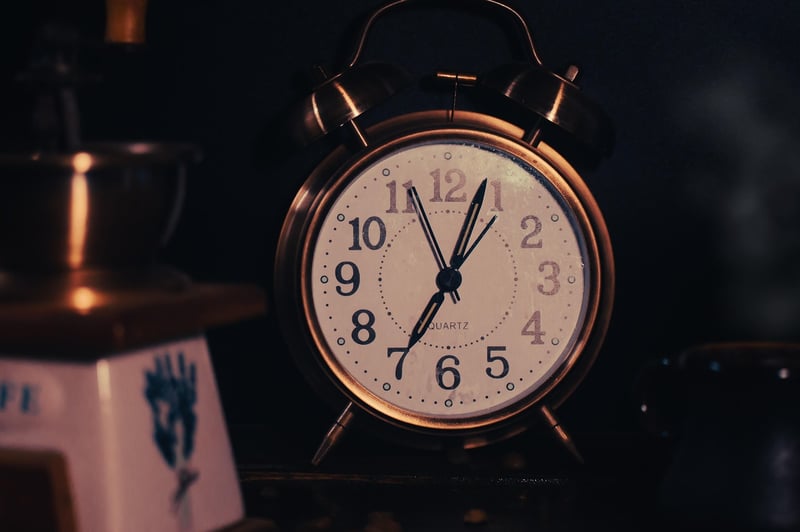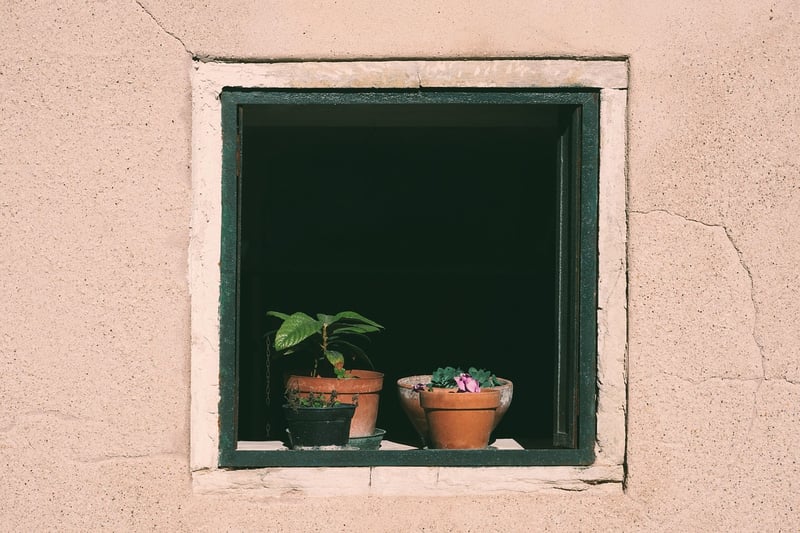Historical Insights
The Fascinating History of Time Measurement
Time is a concept that has intrigued humans for centuries. From the ancient sundials to the precise atomic clocks of today, the measurement of time has evolved significantly over time. Let's delve into the historical insights of timekeeping and how it has shaped our world.
Ancient Timekeeping Methods
Ancient civilizations such as the Egyptians, Greeks, and Romans used various methods to track time. The sundial, one of the earliest timekeeping devices, relied on the position of the sun's shadow to determine the time of day. Water clocks, also known as clepsydra, were another common method, where water dripped at a steady rate to measure time.
The Development of Mechanical Clocks
In the Middle Ages, mechanical clocks began to emerge in European monasteries and cathedrals. These early clocks had no minute hands and were quite inaccurate by today's standards. The invention of the pendulum clock by Christiaan Huygens in the 17th century significantly improved timekeeping accuracy.
The Industrial Revolution and Standard Time
The Industrial Revolution in the 18th and 19th centuries led to the need for precise timekeeping for train schedules and factory operations. This demand paved the way for the establishment of standard time zones and the widespread use of pocket watches.
The Advent of Atomic Clocks
Modern timekeeping relies heavily on atomic clocks, which use the vibrations of atoms to measure time with incredible precision. The definition of the second is now based on the vibrations of cesium atoms, leading to atomic clocks that lose only one second every few million years.
Conclusion
The history of time measurement is a testament to human ingenuity and our quest for precision. From ancient sundials to atomic clocks, the evolution of timekeeping has been a fascinating journey that continues to shape our lives today.



Explore more about the history of timekeeping here.
